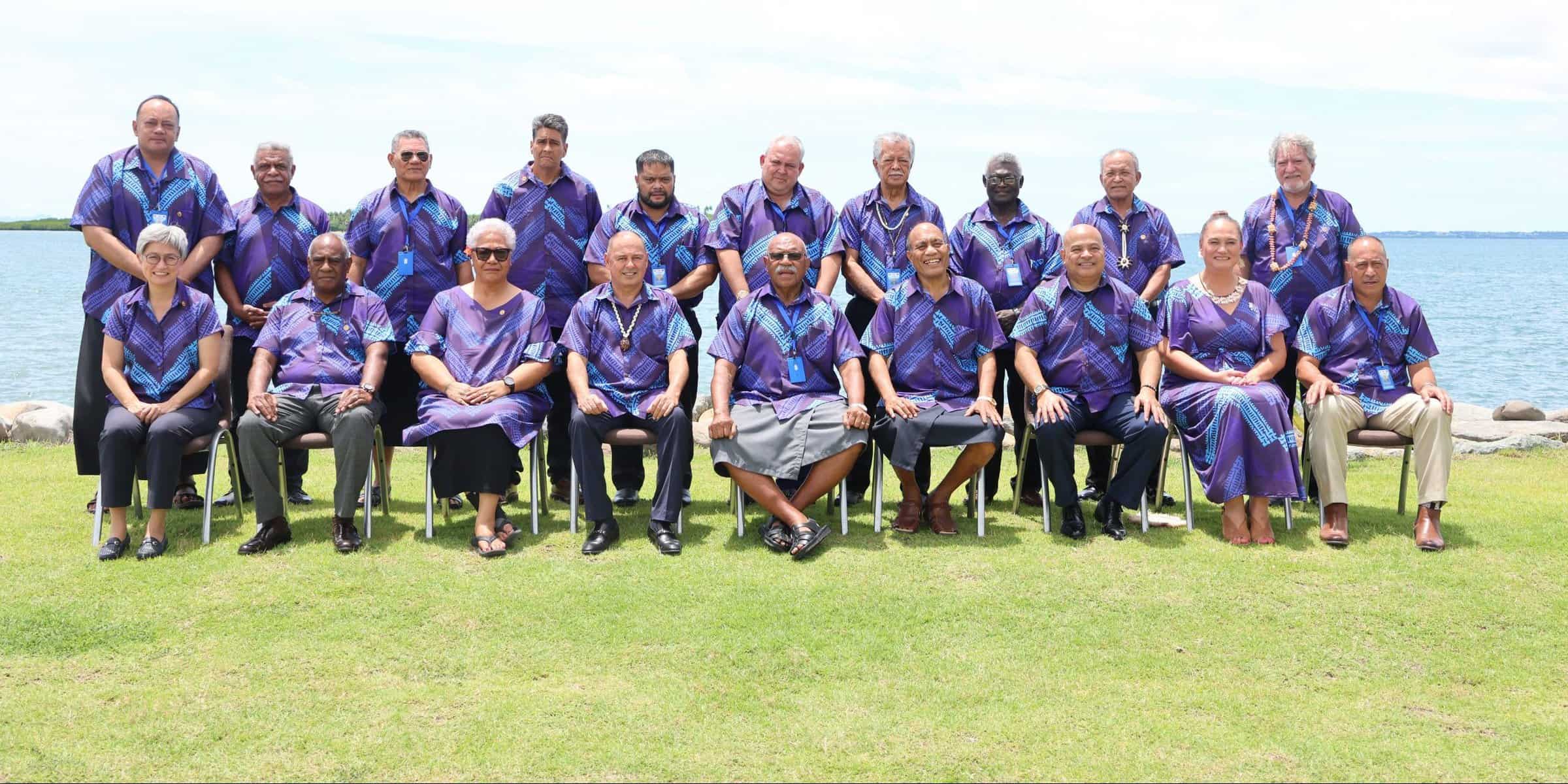Regionalists generally identify three characteristics of regionalism, namely: economics, security and politics. Economic regionalism focuses on economic and financial aspects. Generally speaking, this is effectively an alternative reference to a trade bloc. Security regionalism focuses on peace and security. Political regionalism focuses on shared aims of the nation states and any issues that a state may face. Overall, however, it can be said that all three forms of regionalism are interconnected and can overlap. Consequently, any analysis of regionalism is likely to exhibit all three characteristics. The 2050 Strategy for the Blue Pacific Continent is no exception. However, given . . .
Please Subscribe to view full content...
